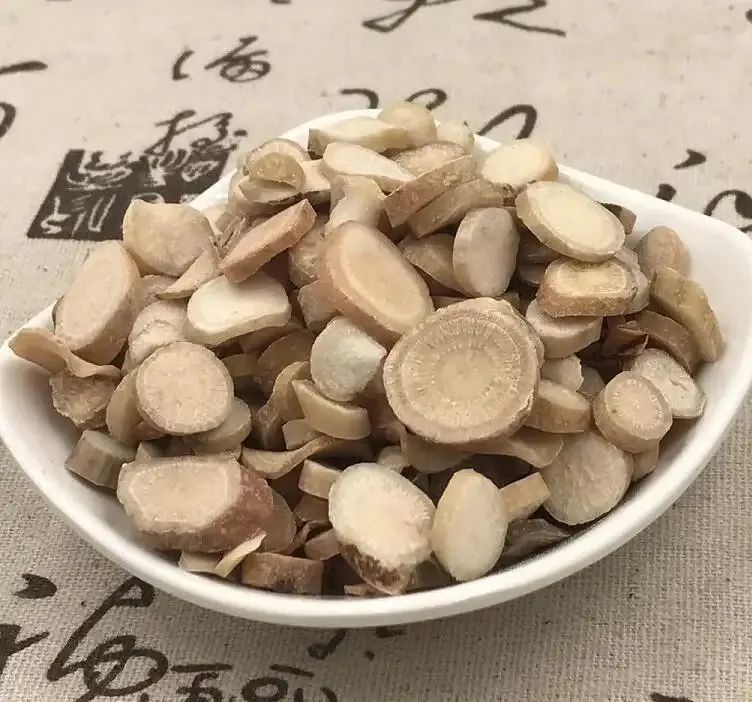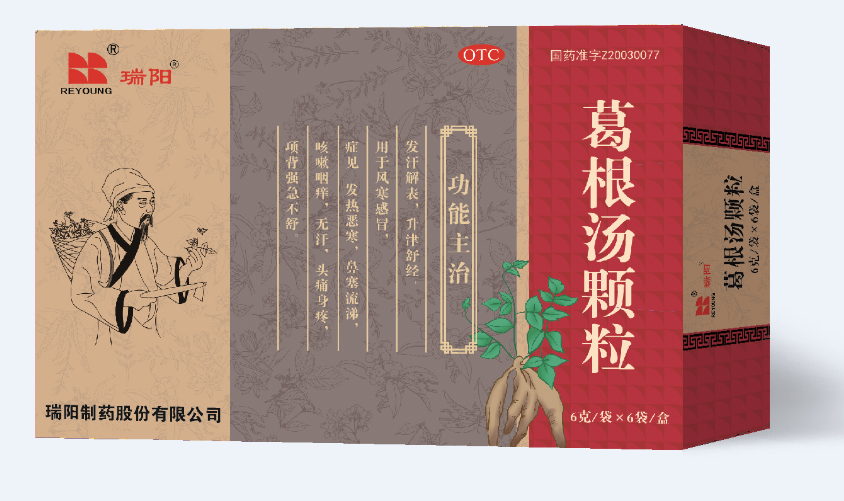Bai Shao (White Peony) is a common traditional Chinese herb, derived from the dried roots of the herbaceous plant Paeonia lactiflora, primarily produced in Hunan, Zhejiang, and Anhui provinces, growing in hilly areas or grasslands.
According to legend, during the late Eastern Han dynasty, the renowned physician Hua Tuo established the first medicinal herb garden in Bozhou, Anhui, cultivating herbs such as Bai Shao, which became widely planted in rural areas by the Ming and Qing dynasties.

Bai Shao is slightly cold in nature and has a sour and bitter taste, entering the Liver (Gan) and Spleen (Pi) meridians. It is widely used and is an indispensable ingredient in many TCM prescriptions.
As a traditional Chinese herb, Bai Shao has various effects and functions.
Nourishing Blood and Regulating Menstruation: This is Bai Shao’s most prominent effect. Its sour taste enters the Liver, helps to invigorate Qi and nourish blood, making it very suitable for women. Bai Shao is commonly used to treat conditions such as blood deficiency, dizziness due to blood deficiency, pale complexion, and irregular menstruation. When used in combination with Dang Gui (Angelica sinensis), E Jiao (Donkey-hide gelatin), and Chuan Xiong (Ligusticum chuanxiong), its blood-nourishing and menstruation-regulating effects are enhanced.Soothing the Liver and Relieving Pain, Calming Liver Yang: Bai Shao can soften and nourish the liver, providing excellent regulation for individuals with liver issues and helping to repair certain liver damage. It can alleviate symptoms such as rib pain and dizziness caused by disharmony of Liver Qi and excessive Liver Yang. Additionally, Bai Shao has good analgesic effects, treating acute abdominal pain and limb spasms, often used in conjunction with Gan Cao (Licorice), Bai Zhu (Atractylodes), and Fang Feng (Saposhnikovia divaricata).Consolidating Yin and Stopping Sweating: The acidic substances in Bai Shao have astringent properties, which can consolidate Yin and stop sweating. Some patients with physical weakness may easily experience spontaneous sweating or night sweats; taking Bai Shao can help alleviate these issues. It also has good therapeutic effects on sweating caused by external wind-cold. When combined with Gui Zhi (Cinnamon twig), Long Gu (Dragon bone), and Fu Xiao Mai (Elymus), it can better exert its effects in consolidating Yin and stopping sweating.Beauty and Skin Care: The blood-nourishing and blood-activating functions of Bai Shao can make women appear rosy and vibrant, effectively addressing issues such as rough, sallow skin, lack of luster, and pigmentation. Although Bai Shao has powerful effects, its cold nature may cause certain side effects, so it is important to pay attention to dosage and usage, following medical advice. Some individuals may think that increasing the intake of Bai Shao is beneficial, but this can burden the digestive system, leading to indigestion. It is advised that those with cold constitution or diarrhea use it cautiously. Additionally, Bai Shao’s cooling properties may cause some stimulation to pregnant women, potentially leading to miscarriage in severe cases. Patients with measles should also avoid Bai Shao, as it may exacerbate symptoms due to damp-heat. Furthermore, Bai Shao should not be used in conjunction with Li Lu (Veratrum), as the two can counteract each other and provoke toxins.Reminder: When purchasing Bai Shao, there are certain identification techniques: generally, high-quality Bai Shao has a clean surface, with a cross-section that is grayish-white, appearing free of impurities and mold. The dried roots of Bai Shao are thick, long, and solid, evenly straight without spots or cracks, and are not easily broken. The cross-section usually has a radiating pattern resembling a chrysanthemum. Good Bai Shao has little to no smell and has a slightly bitter and sour taste when tasted lightly.

Common Name: Ge Gen Tang Granules
[Ingredients] Ge Gen (Pueraria lobata), Ma Huang (Ephedra), Bai Shao (White Peony), Gui Zhi (Cinnamon twig), Gan Cao (Licorice), Da Zao (Jujube), Sheng Jiang (Fresh Ginger).
[Properties] This product is brown granules; sweet and slightly bitter in taste.
[Functions and Indications] Induces sweating to release the exterior, promotes fluid production, and relaxes the meridians.
[Specifications] Each bag contains 6g.
[Dosage] Dissolve in hot water. Take 1 bag at a time, 3 times a day.
[Adverse Reactions] Not yet clear.
[Contraindications] Not yet clear.
[Phone] 0533-3222838
END Long press to scan the QR codeFollow Ruiyang Health to get more health information
Long press to scan the QR codeFollow Ruiyang Health to get more health information

